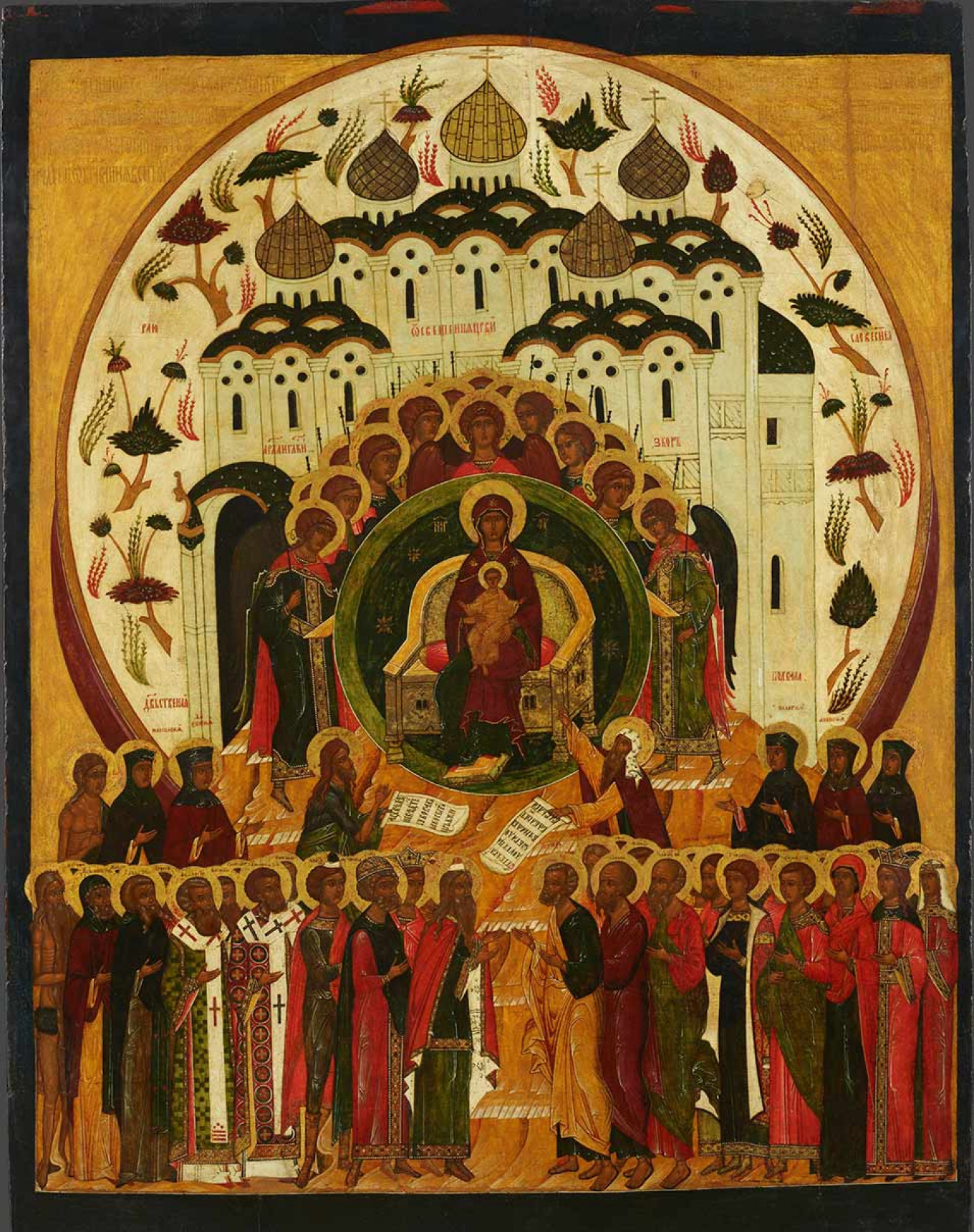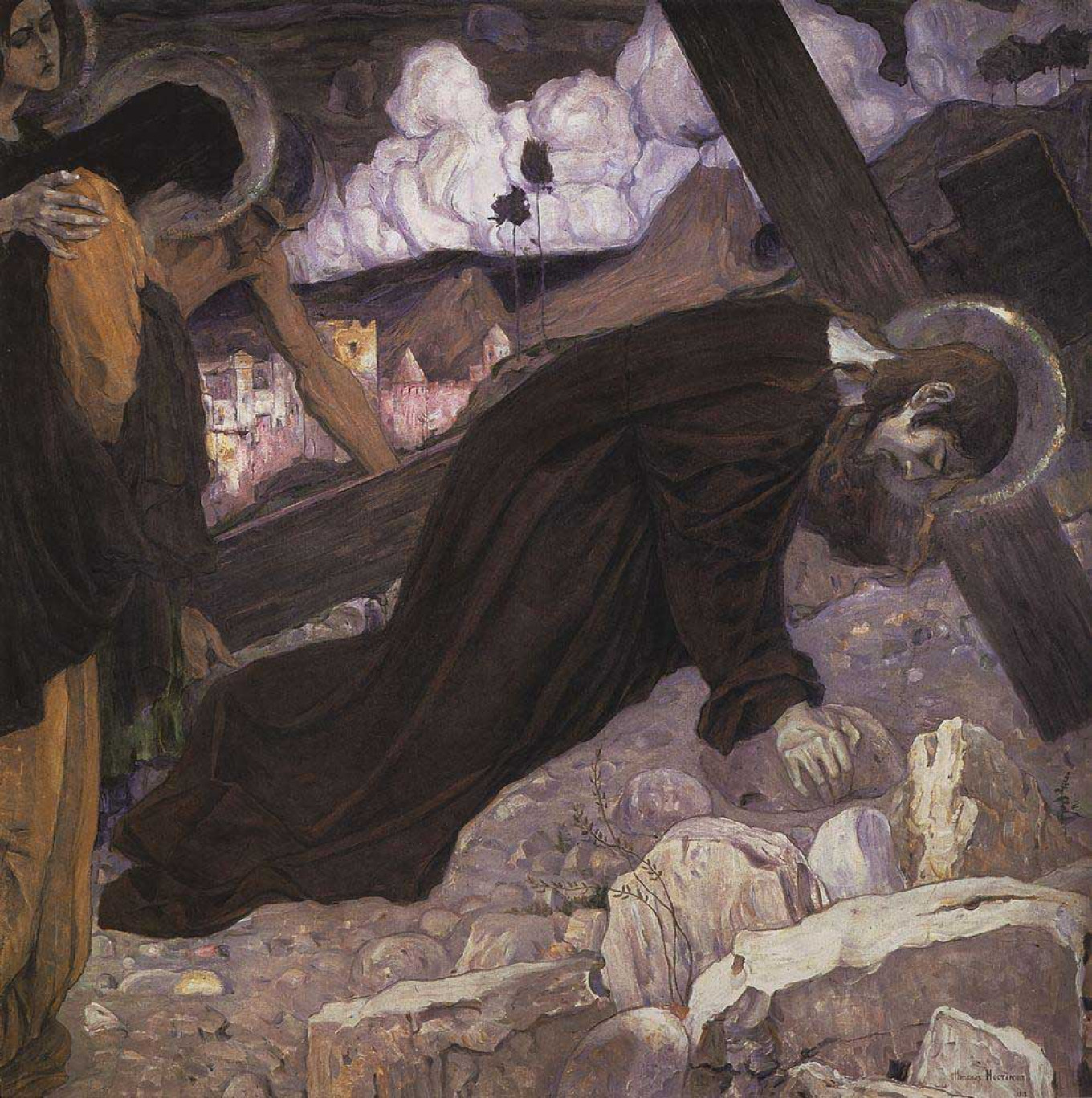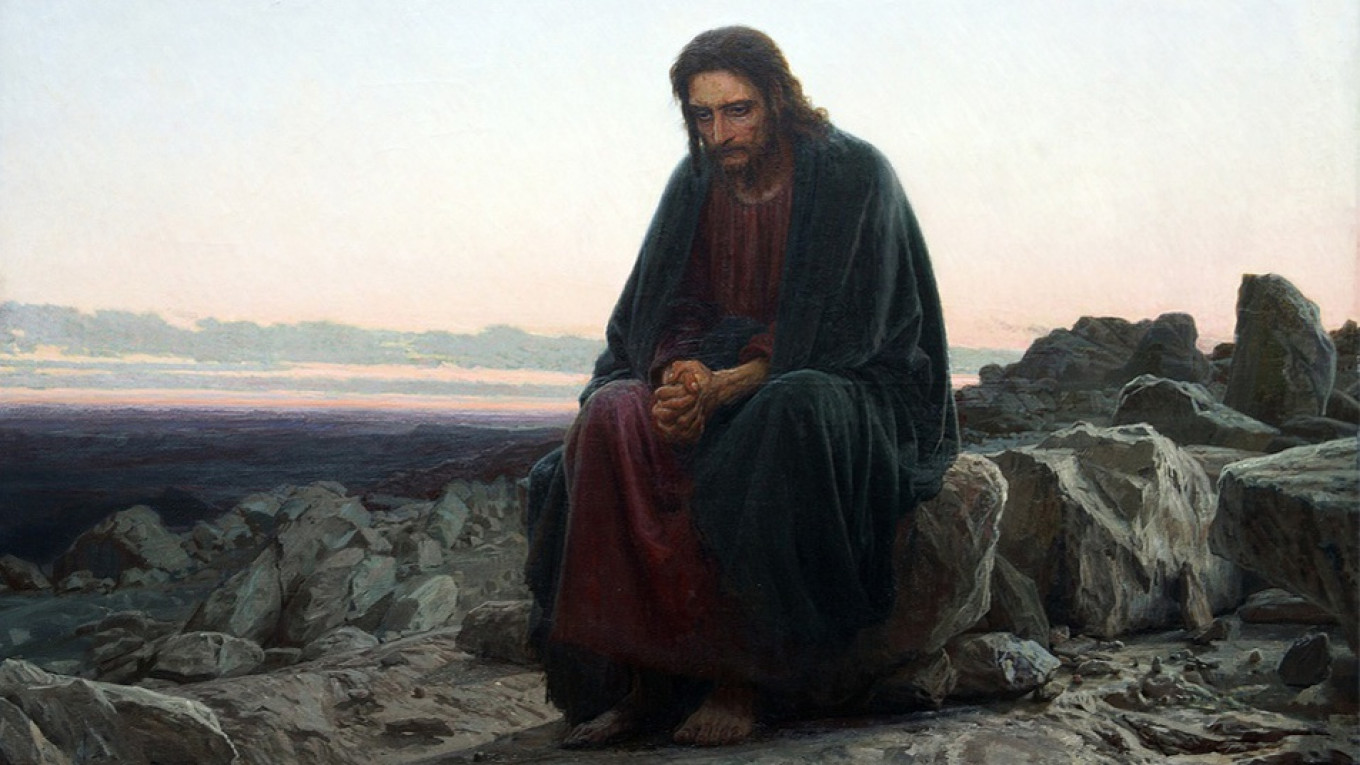In the autumn of 2016 the Moscow Tretyakov Gallery hosted 42 masterpieces from the 12th through 18th centuries that had never before left the Vatican Museums. The exhibition, entitled “Roma Aeterna: Masterpieces of the Vatican Pinacotheca – Bellini, Raphael, Caravaggio,” was one of the most popular exhibitions ever held in the Russian capital. Tickets were sold out within the first hours of sales, even though the show was by extended two weeks to meet demand, and scalpers sold tickets for 25 times the nominal price.
Now Russian masterpieces have traveled to Rome. The two prestigious museums have begun their second joint exhibition, continuing the cooperation in the arts and culture in discussed when Russian president Vladimir Putin met with Pope Francis in 2013.
Russia has sent to the Vatican Museums a spectacular show called “Pilgrimage of Russian Art: From Dionysius to Malevich.” It is being shown in Braccio di Carlo Magno inside the gallery of Bernini's colonnade in St. Peter’s Basilica. The exhibition exchange has been made possible, in part, by the Russian charity foundation Art, Science and Sport, a long-time patron of the Tretyakov Gallery.
Ground-breaking exhibition
The show is not a simple chronological presentation of Russian artists’ spiritual works of art. It is an attempt to find the Russian spiritual path and its central idea and images in a dialogue between two traditions in history and art: early Russian art and the art of 19th and 20th centuries.
As Tatyana Yudenkova, the curator of the Tretyakov Gallery’s early Russian art section, said at the presentation in Moscow before the opening, “When you put works from the second half of the 19th century next to ancient Russian art, you see that something connects them. There wasn’t a break between pre-Petrine and post-Petrine art, but a continuation in different forms.”
Arkady Ippolitov, co-curator of the show, said that the 54 masterpieces sent from the Tretyakov permanent collection and other regional Russian museums are juxtaposed in ways that reveal the connections – thematic, stylistic, conceptual – between painters and eras in Russian art.

Russian art in the Vatican
The structure of the exhibition – centered on the history of the spirit rather than that of form – is determined by Gian Lorenzo Bernini’s extraordinary architecture. The layout does not try to counter the upward thrust of the space but follows it, guiding visitors to oval niches filled with art on their own “pilgrimage” through Russian art. A 15th century icon from the Deisis tier of an iconostasis, “Christ Enthroned,” opens the show, placed next to the “Crucifixion” by Dionysius, dating from 1500 and the “Appearance of Christ Before the People” by Alexander Ivanov, a painting done 350 years later.
Presented in this way, next to each other rather than in separate halls and different floors of a museum, the works reveal the harmony between early icons and 19th century paintings, even as they depict anger against God and the joy of seeking God: “Inconsolable Grief” by Ivan Kramskoi is opposite the icon “Weep Not for Me, O Mother”; Kramskoi’s “Christ in the Wilderness” is shown next to an 18th century sculpture from Perm, “Christ in a Cell” (“Seated Savior”). When the 19th century painting “Life is Everywhere” by Nikolai Yaroshenko is displayed near “The Mother of God of Kykkos” by the 17th century icon painter Simon Ushakov we can see the shapes and colors of the icon in the secular painting.
The exhibition includes such masterpieces from the Tretyakov as “Apprentice Workmen Carrying Water” and “Drowned Woman” by Vasily Perov; Vasily Kandinsky’s “Red Square”; and two paintings by Kuzma Petrov-Vodkin: “Bathing of a Red Horse” and “1918 in Petrograd.”
The only portrait exhibited depicts Fyodor Dostoevsky by Aleksander Perov that corresponds to the image of “Christ in the Wilderness” by Ivan Kramskoi.
The exhibit ends with the juxtaposition of the 16th century icon of “The Last Judgment” next to “Black Square” by Kazimir Malevich and “Bearing the Cross” by Mikhail Nesterov and the icon “In Thee Rejoiceth” from the 16th century, suggesting, perhaps, images of internal darkness contrasting with the life-giving principle of “sobornost” (spiritual community).
At the opening in Rome, Barbara Jatta, the director of the Vatican Museums, said, “It is truly a pilgrimage, but also an extraordinary selection of art from Russian state galleries. The curators, directors of the Tretyakov and other museums wanted to send the same caliber of Russian works [as we sent] on this exchange and great initiative. And they succeeded. It is an important exhibition about art, spirituality, and history. It begins with icons, but it is not an exhibition of icons. It is about Russian spirituality and soul.”
The show is not, however, for one country alone. As Ambassador to Russia Pasquale Quito Terracciano said in Moscow, “The show in the Vatican won’t just be seen by Italians – it will showcase Russian spirituality in the center of Rome for millions of tourists from all over the world.”
The exhibition will run through Feb. 16, 2019. Curators at the Tretyakov Gallery are discussing other projects connected with the exhibition and the possibility of mounting the show in Moscow.

A Message from The Moscow Times:
Dear readers,
We are facing unprecedented challenges. Russia's Prosecutor General's Office has designated The Moscow Times as an "undesirable" organization, criminalizing our work and putting our staff at risk of prosecution. This follows our earlier unjust labeling as a "foreign agent."
These actions are direct attempts to silence independent journalism in Russia. The authorities claim our work "discredits the decisions of the Russian leadership." We see things differently: we strive to provide accurate, unbiased reporting on Russia.
We, the journalists of The Moscow Times, refuse to be silenced. But to continue our work, we need your help.
Your support, no matter how small, makes a world of difference. If you can, please support us monthly starting from just $2. It's quick to set up, and every contribution makes a significant impact.
By supporting The Moscow Times, you're defending open, independent journalism in the face of repression. Thank you for standing with us.
Remind me later.






